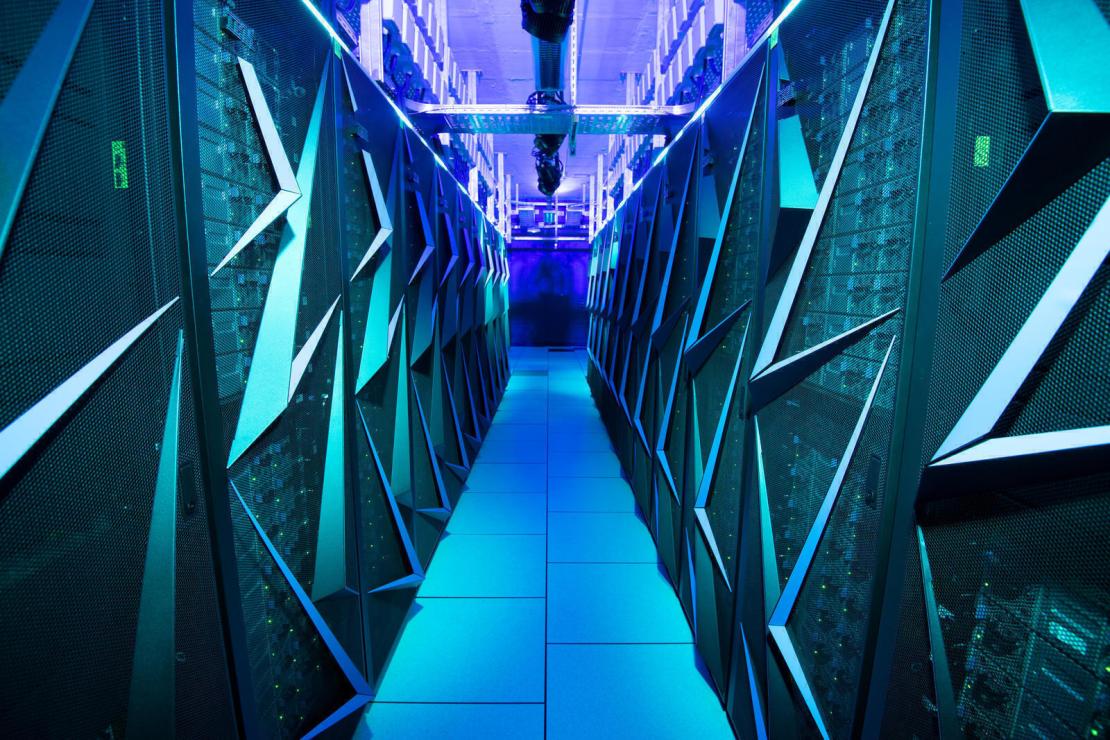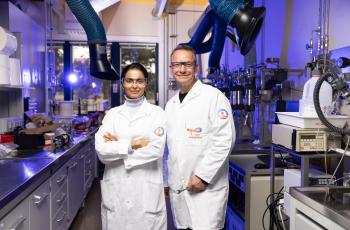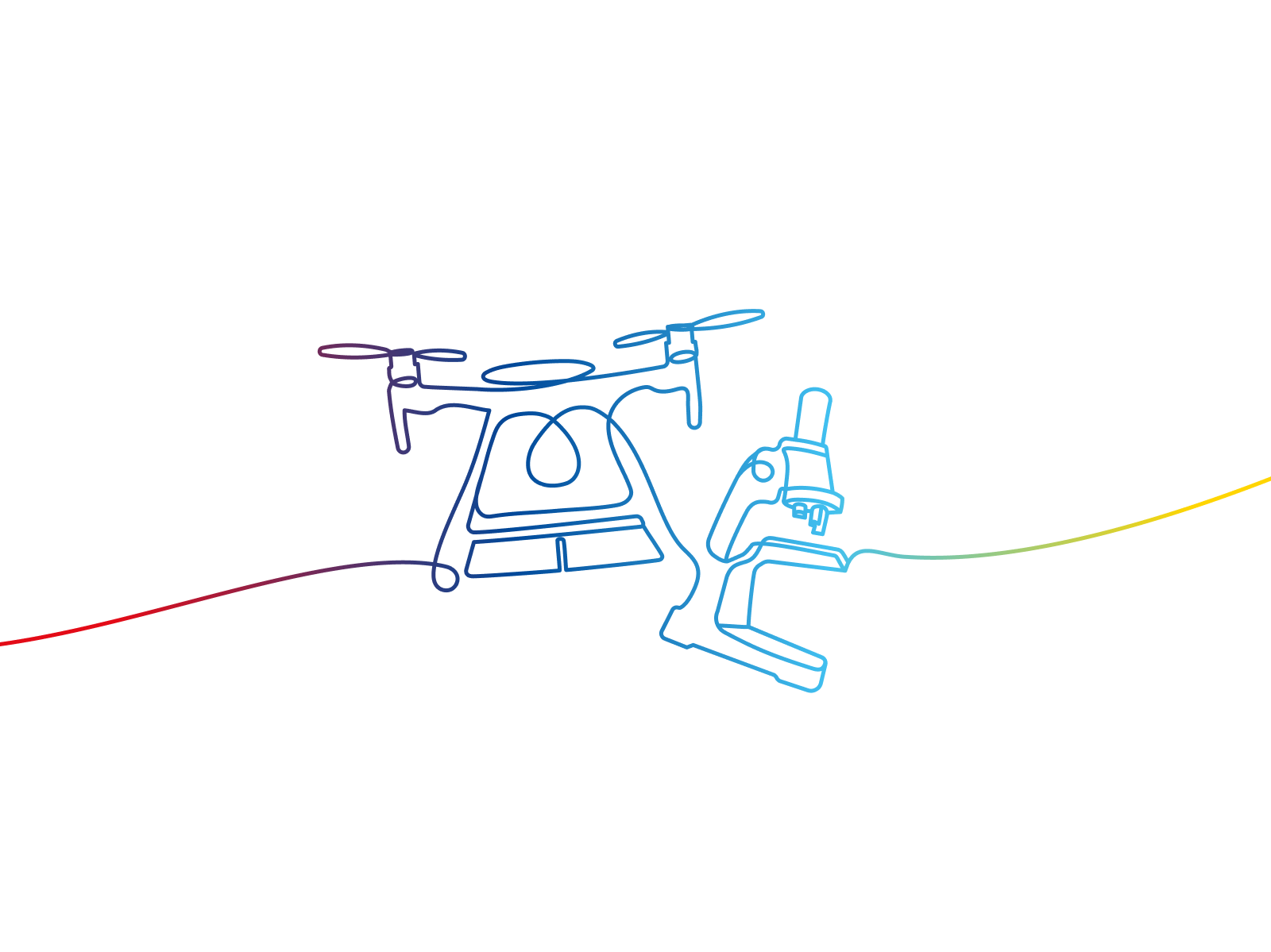Location: France
Partners: TotalEnergies (100%)
Activities: supercomputer
Commissioning: 2013
petaflops, Pangea III’s theoretical power

In 2013, TotalEnergies integrated Pangea, its first industrial supercomputer (or HPC, for high performance computing), developed by the Company’s Scientific and Technical Center (CSTJF) in Pau, France. In space of a decade, three generations of this supercomputer have succeeded one another, to go ever further in the modelling and simulation necessary for the development of the Company's activities. In early 2024, Pangea entered a new era with the fourth version of the supercomputer, combining computing power and energy efficiency.
2013-2019: a look back at three generations of supercomputers
In 2013, TotalEnergies equips with Pangea, the Company’s first industrial supercomputer. Its arrival marks the entry of our systems into the petaflops domain (floating-point operations per second, a unit for measuring the computing speed of an IT system). Pangea I can perform 10^15 operations per second, demonstrating a remarkable level of performance thanks to its advanced processors and efficient data management.
Within the space of six years, the supercomputer's power underwent a fivefold increase. Pangea II, which was commissioned in 2016, climbed to 11th place in the semi-annual TOP500 ranking of the world's most powerful supercomputers. In 2019, Pangea III had a theoretical power of 31.7 petaflops, the equivalent of 170,000 laptops.
2023: arrival of the hybrid solution Pangea 4
Although Pangea III is still in service, Pangea 4 joined the ranks of TotalEnergies' supercomputers in early 2024. Combining computing power with energy efficiency, Pangea 4 is a hybrid solution consisting of a physical machine on site and access to computing capacity in the cloud – the Pangea@Cloud machine. The cloud allows us to benefit from regular updates and stay at the cutting edge of supercomputing technology. Smaller and more energy-efficient than its predecessor Pangea II, Pangea 4 uses 87% less electricity, and its access to the cloud also means a reduction in the carbon footprint of our datacentres.
Scientific computing to address TotalEnergies' energy transition challenge
Initially developed to support the Company's exploration and production activities, Pangea is now open to all its activities. Pangea 4 has been designed to meet the requirements identified for the period 2024-2028:
- simulations of reservoir storage capacity and assessment of well integrity as part of our carbon capture and geological storage (CCS) projects;
- calculations of methane emissions reduction;
- wind flow simulations for the design and siting of wind farms;
- simulations on biofuels and polymers;
- image processing, seismic acquisition, reservoir simulation and geological basin modelling as part of our exploration and production activities.











